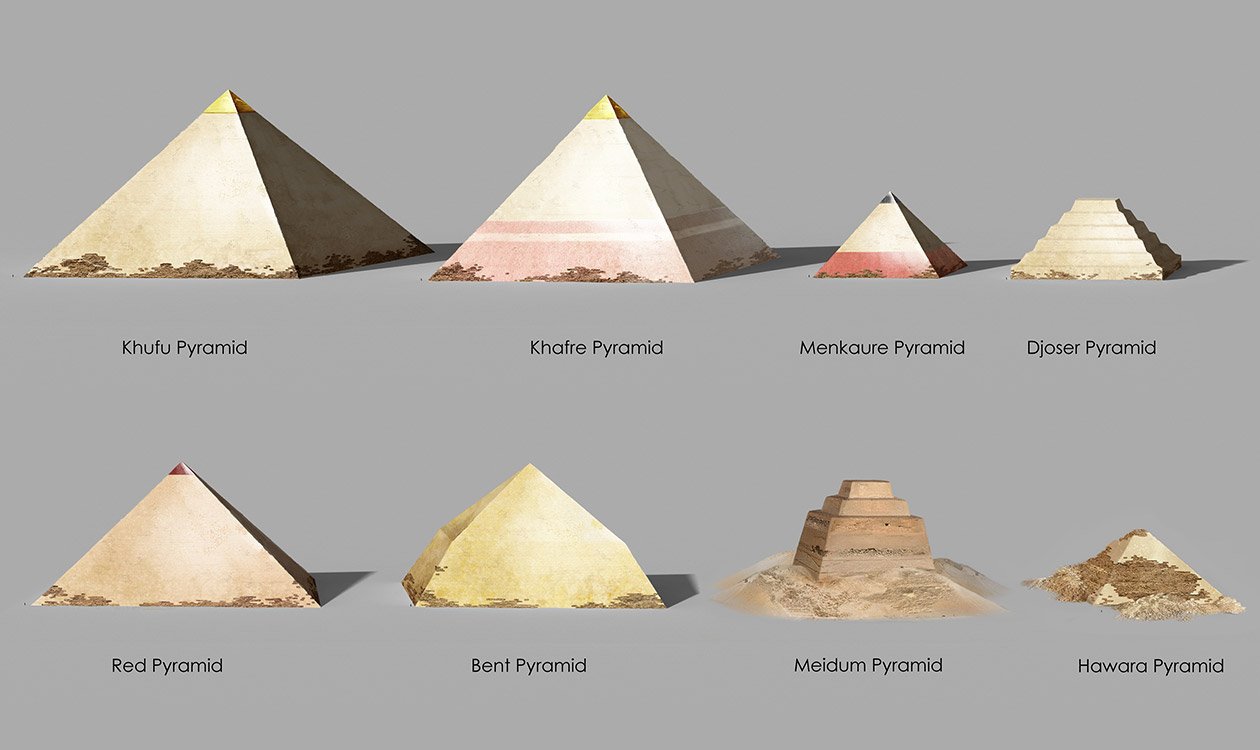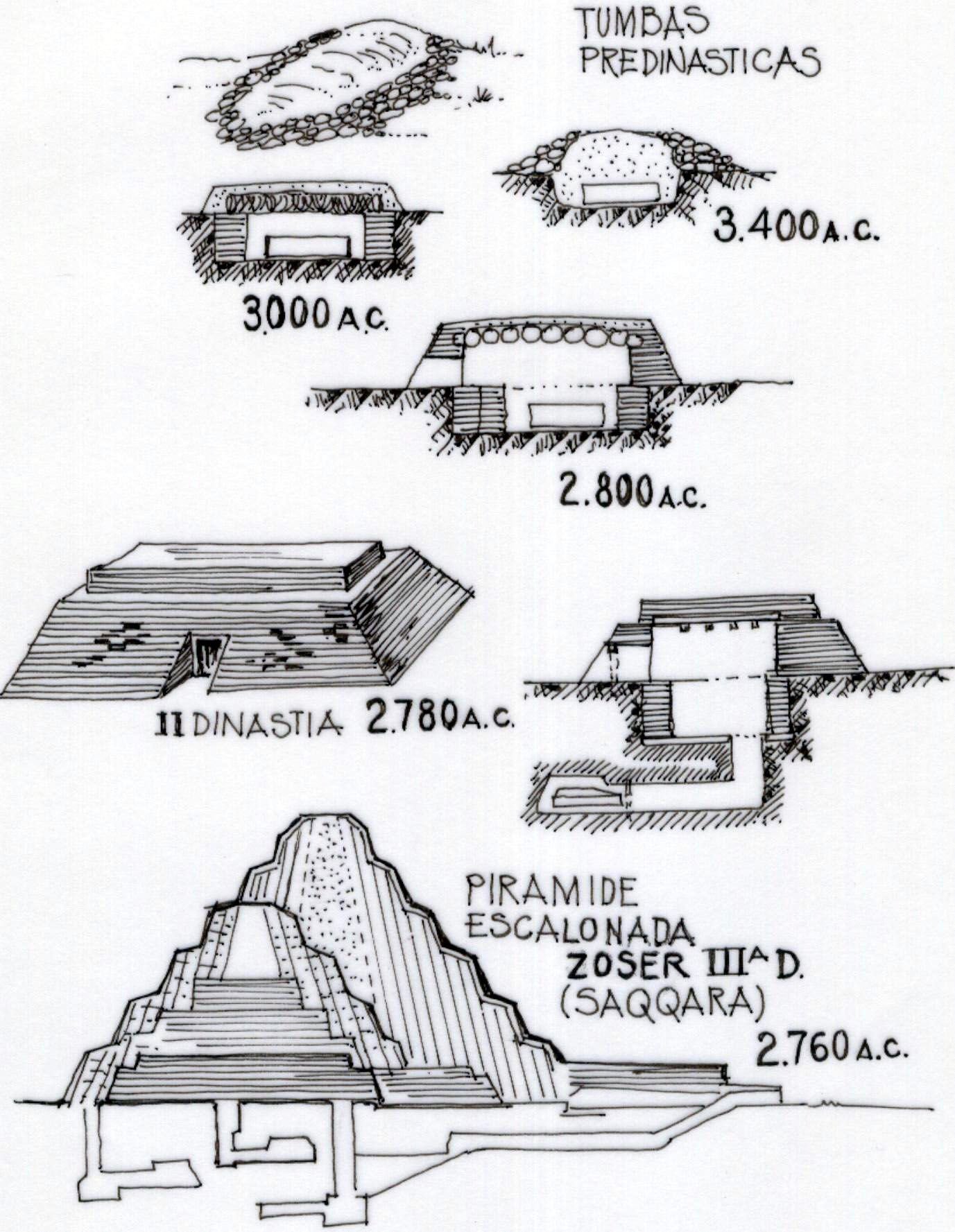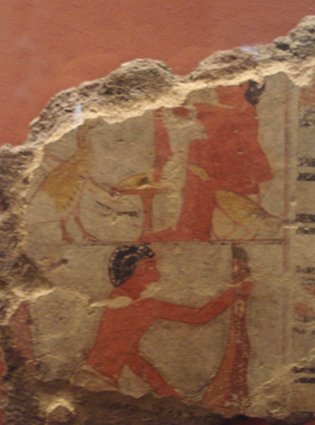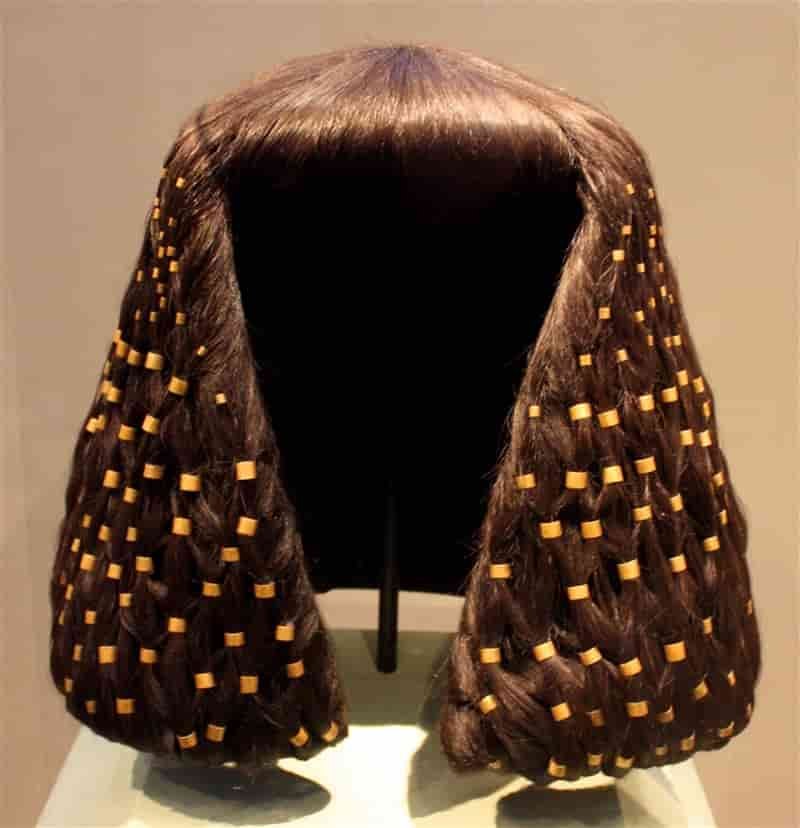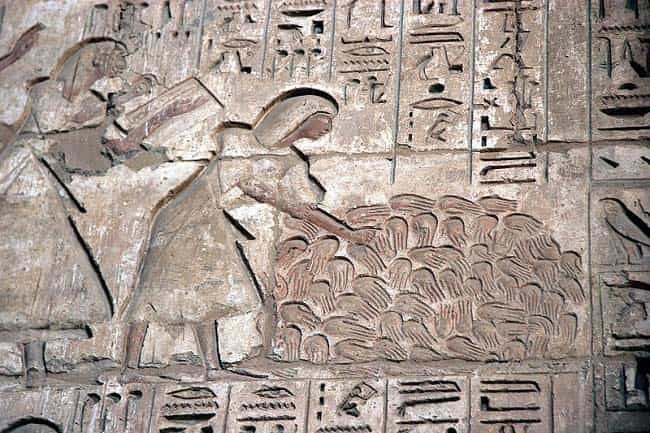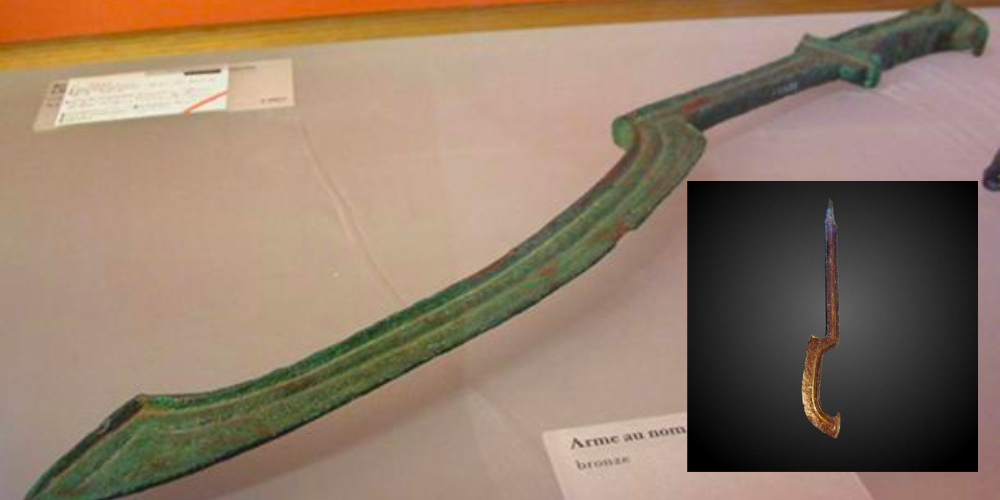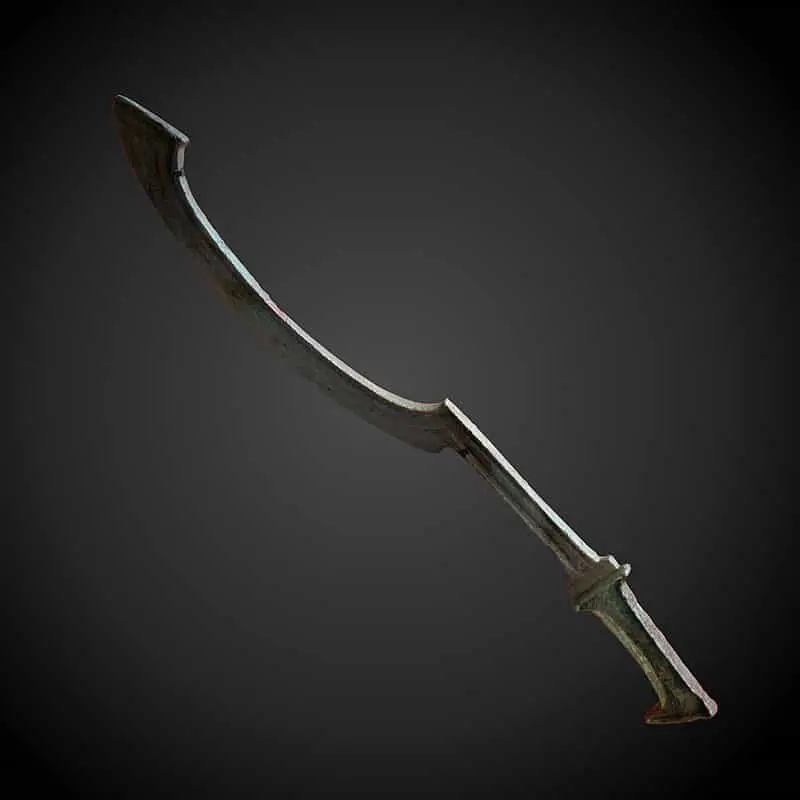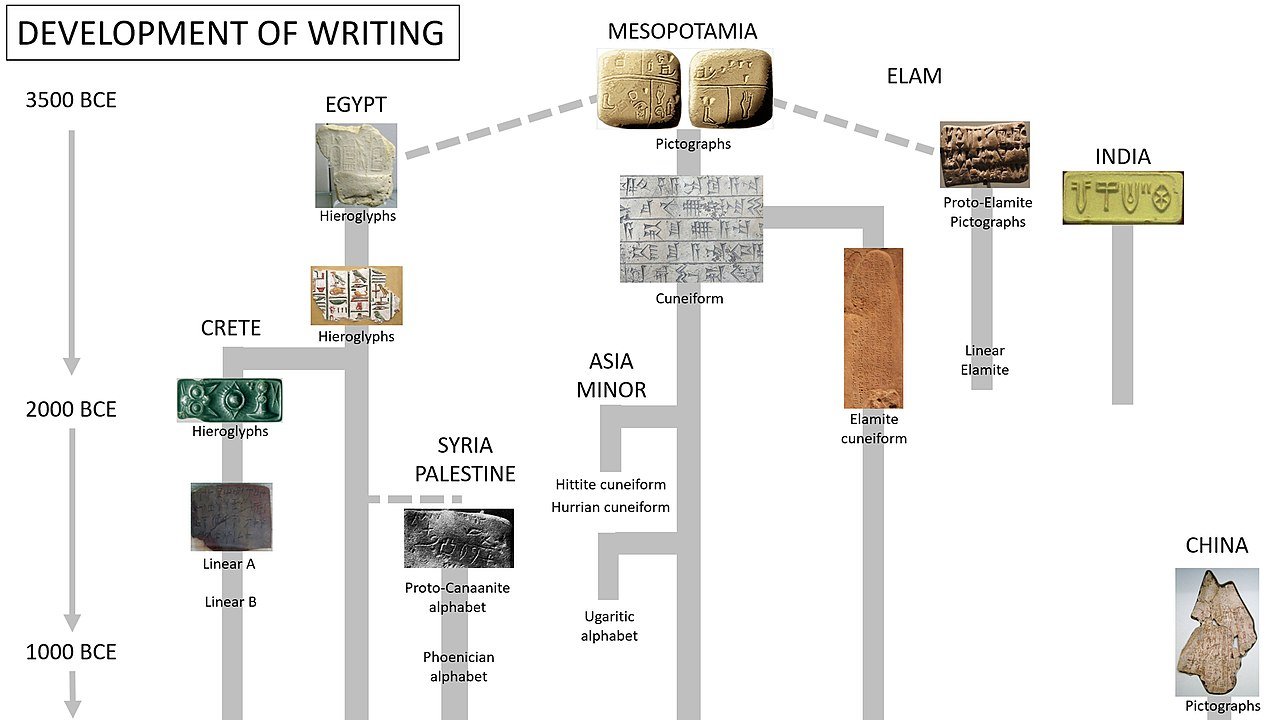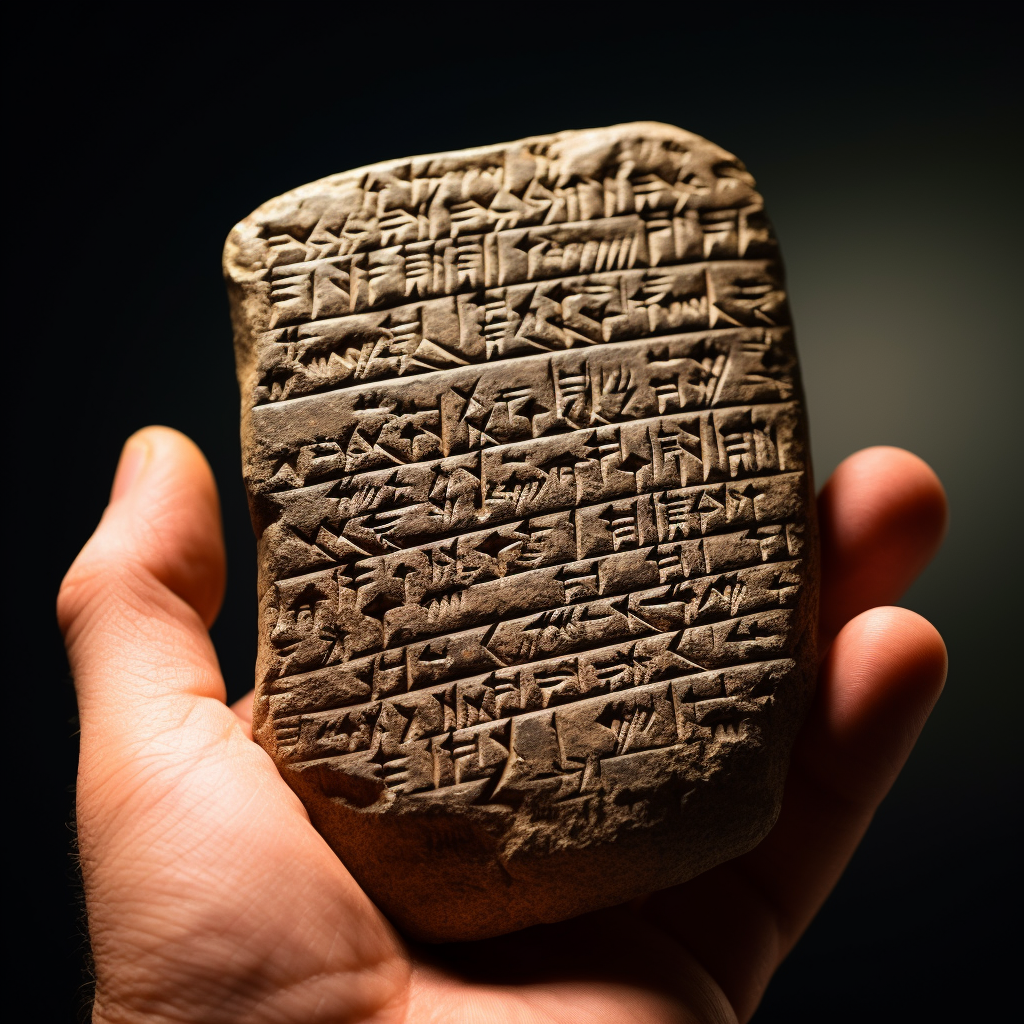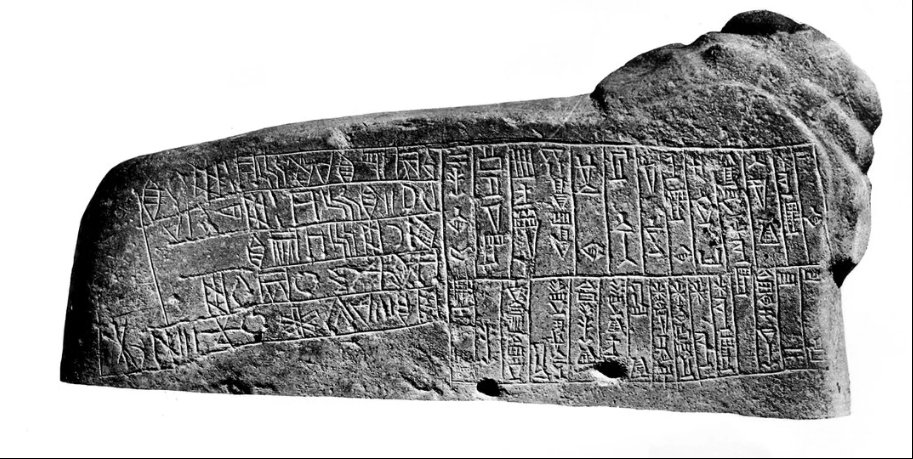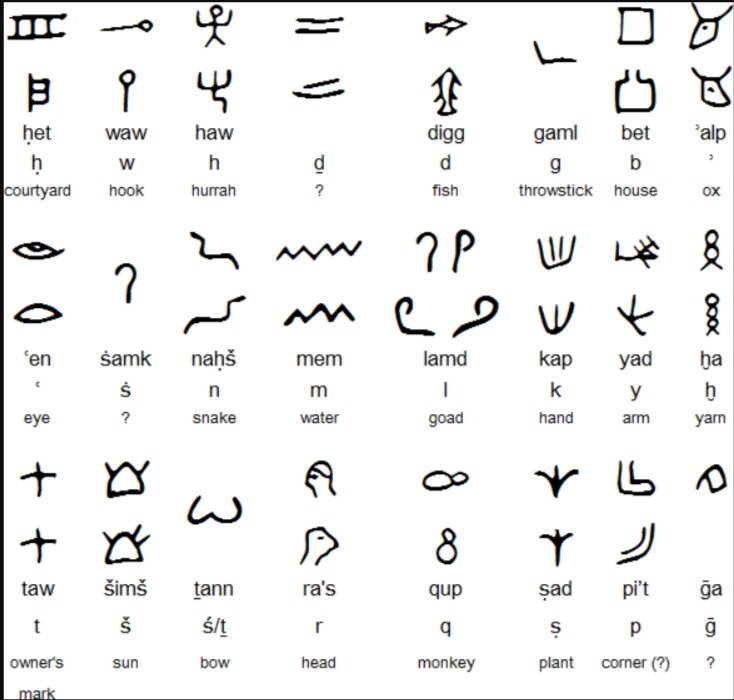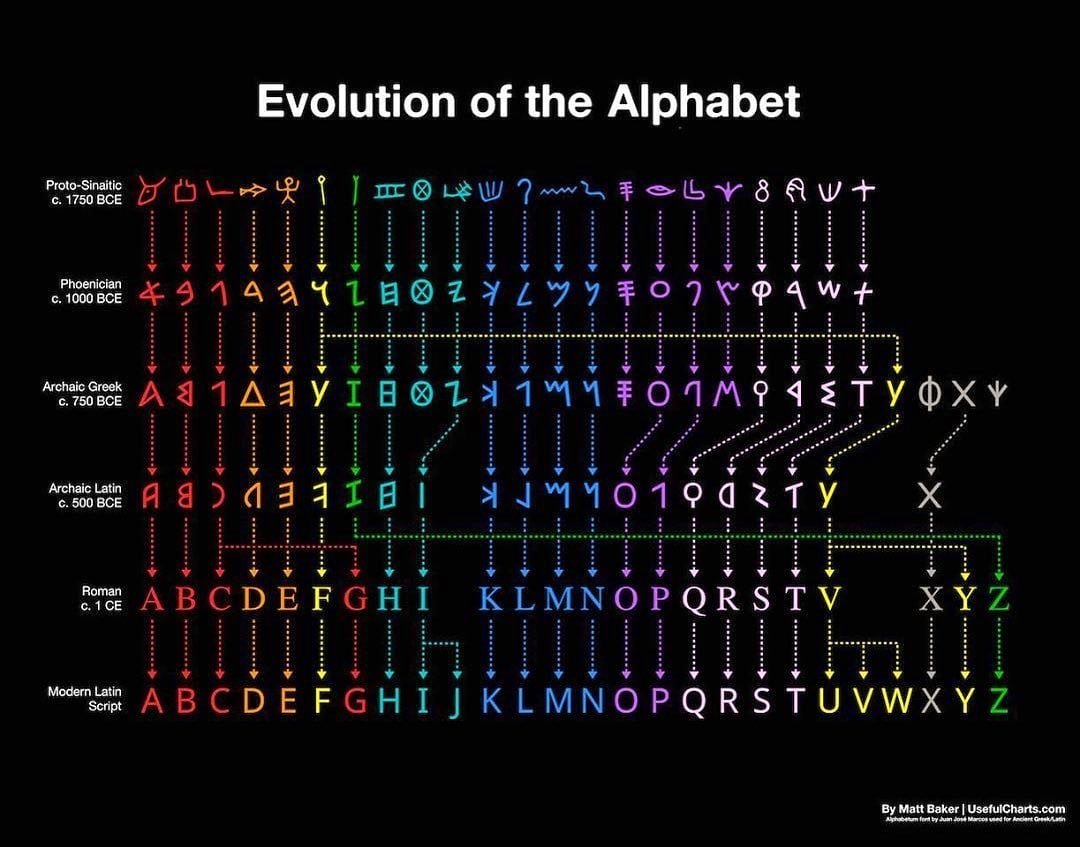THE ARCHAEOLOGIST EDITOR GROUP
The First Pharaoh and the Unification of Egypt
Deep within the annals of history lies the story of a figure who reshaped the destiny of a civilization and laid the foundation for one of the world's most iconic empires. That figure is Narmer, often hailed as the first pharaoh of unified Egypt. But who was he, and why does he hold such a seminal place in the tapestry of ancient Egyptian history?
Before the Unification
Before Egypt became the unified kingdom we recognize today, it was divided into two main territories: Upper Egypt, located in the Nile Valley's southern part, and Lower Egypt, spanning the Nile Delta's northern marshlands. Each had its own distinct rulers, cultures, and deities. This division wasn't just geographical but deeply political and spiritual.
Narmer's Rise to Power
Narmer's origins trace back to Upper Egypt, where he held dominion. But his ambitions were grander. Driven by the vision of a united nation, Narmer embarked on military campaigns to bring Lower Egypt under his rule.
The Narmer Palette: An Ancient Tale in Stone
One of the most compelling pieces of evidence supporting Narmer's feat is the Narmer Palette. This artifact, discovered in the ancient city of Hierakonpolis, depicts a triumphant ruler, unmistakably Narmer, overpowering his foes. The palette's intricate carvings symbolize the merger of the Two Lands (Upper and Lower Egypt), with Narmer wearing both the crowns of Upper and Lower Egypt, symbolizing his dominion over the unified territory.
The Debate: Was Narmer Truly the First?
Despite the seemingly clear narrative portrayed by the Narmer Palette and other inscriptions, history, as it often does, leaves room for debate. Some scholars argue that other figures, like Ka or Scorpion II, might have played pivotal roles in Egypt's unification process. Pottery shards bearing their names, and other artifacts hinting at their influence over vast territories, fuel these speculations. However, definitive proof linking them directly to the act of unification remains elusive.
Legacy of the First Pharaoh
The unification of Egypt under Narmer set the stage for the Early Dynastic Period, during which the foundation for ancient Egyptian culture, governance, and spirituality was laid. The concept of the pharaoh as both a divine and political leader, central to Egyptian society's fabric for millennia, can trace its origins back to Narmer's reign.
Furthermore, the administrative systems he set in place, his patronage of early Egyptian art and architecture, and the establishment of Memphis as the capital city, solidified his legacy as a transformative leader.
Narmer's tale is more than just a story of conquest; it's a testament to visionary leadership and the timeless human aspiration for unity. While debates around the exact sequence of events leading up to Egypt's unification persist, Narmer's pivotal role remains largely uncontested. Today, he stands as a beacon of ancient Egypt's indomitable spirit and the profound legacy of its earliest pharaohs.






















